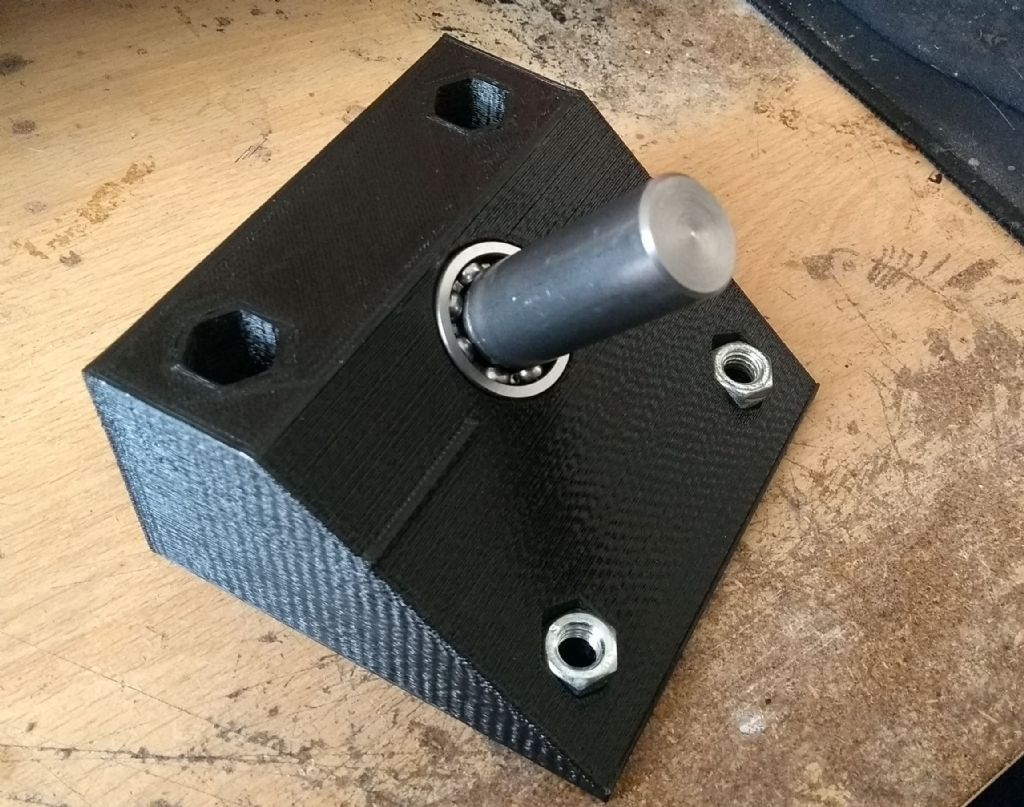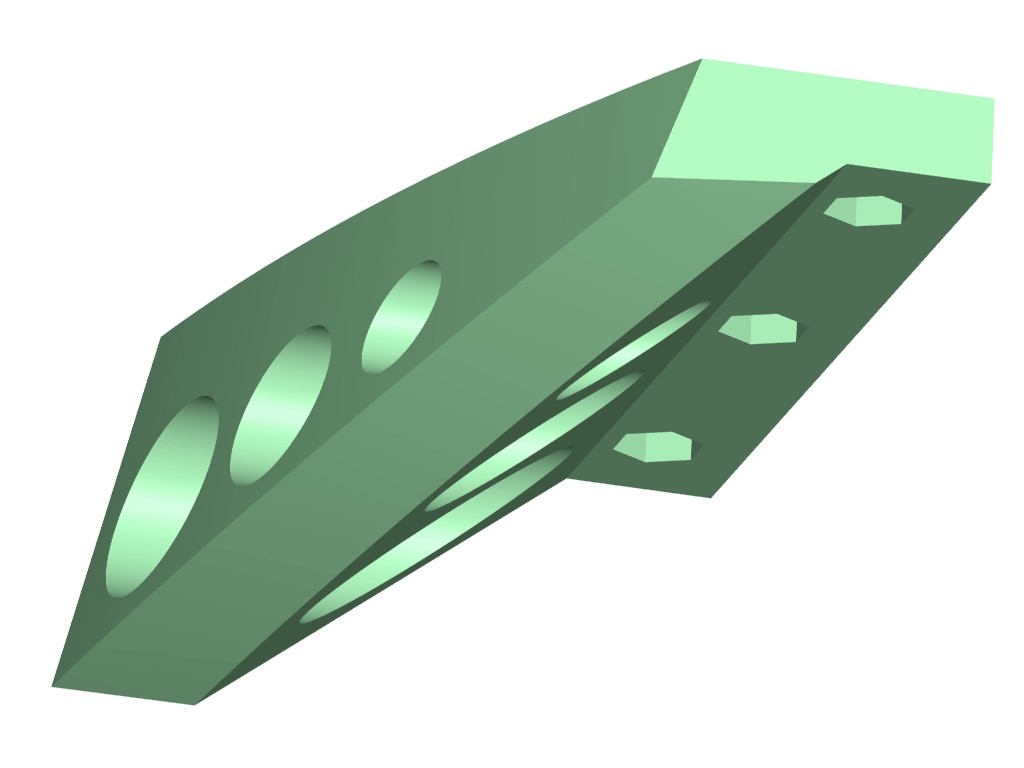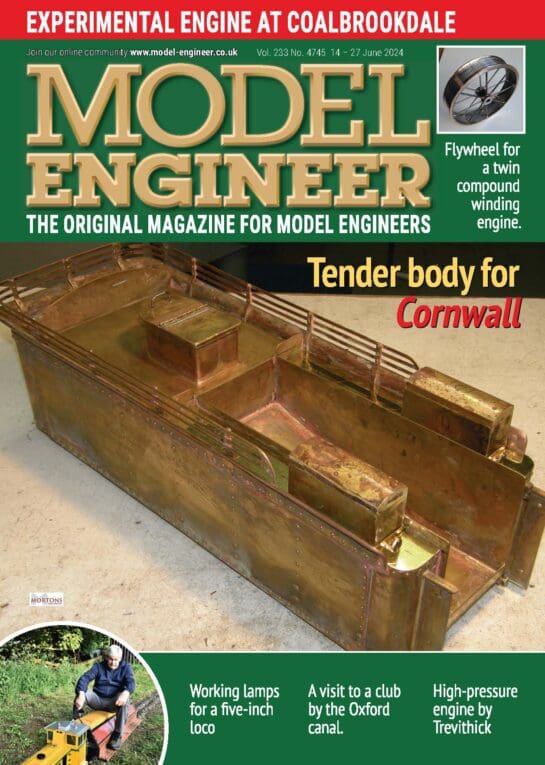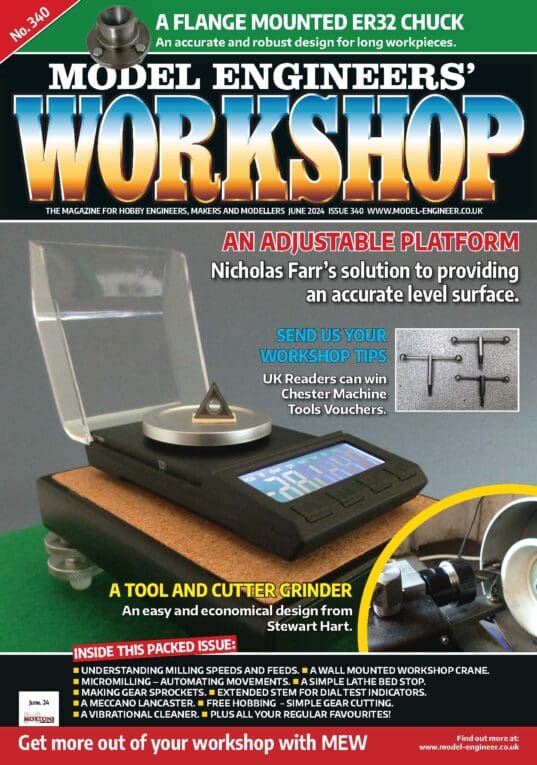Tried it out last night… this is my report copied across from an astro forum:
I managed a test last night, this is an edit of my post in the 'what are you doing tonight' thread after sleeping on it.
Main conclusion- too much stiction on the dob part, I need to make it smoother! Not really an issue with the platform, I think I need to dose it with silicon polish at the very least. It moves in jumps and the minimum AZ move is often nearly a full FOV at ~30mm and getting a target centred at 5mm took forever! Alt is much better but not perfect, although if unbalanced it can move on its own.
As for the platform, PA was easy, at least to the suggested approach of getting Polaris in the finder and adjusting until it stayed still during a slew. The polar angle must be pretty accurate as I just set everything level and the task was setting it due north. Errors were rapidly apparent so a button to stop the slew early will be welcome. My finder's cross hairs come out at 45 degrees but that didn't make the process difficult. Better PA could be achieved with a polarscope in the finder holder and getting Polaris to travel around the circle.
Getting the track rate was hard. A first everything drifted off top left regardless of speed. This made me think it was running too slow. I reduced the delay down to about 15ms until the stars definitely went off the right side pretty sharpish. I then increased the delay, and eventually settled on about 64 milliseconds delay by the time clouds came in, which isn't bad given the estimate was ~68 and expected to need to speed up to allow for compression of the roller. I think the earlier problem was using Lyra which was very high and I suspect a combination of PA error and an unbalanced scope slowly moving in ALT when near vertical.
It was easiest to judge movement using small stars near the edge of the FOV rather than bright ones at the centre. Next time I will use a 25mm plossl with cross hairs.
Incidentally I used a Szentmartoni EP made according to a recipe on SGL that uses three small binocular objectives for about 33mm. As promised it was sharp to the edge and comfortable to use!
I changed to a Skywatcher UWA 5mm to 'fine tune' the tracking rate. the sky wasn't very dark, but I went back and (just) split the double double at 300X – seeing wasn't brilliant, but it seemed to be keeping in place even at that magnification, certainly long enough for planetary imaging.
Changes needed:
I will wire the disabled reset button on the shield across the end limit switch. This will provide a way of interrupting a polar alignment slew, as initial drift is obvious in a couple of seconds, you don't need to wait for a full slew.
I will round the default track speeds 0.1ms and keep the adjustment step of 0.1ms. The 0.1ms seems fine enough and it's annoying that all the readouts are not round numbers – and no point reading the delay to finer resolution than the adjustment. I may change the step to 0.05ms, at the expense of slowing down the tuning process a little.
Although up to speed up tracking and down to slow it seemed logical, as up increases the delay and vice versa. It's confusing to press up and see a number decrease.
The debounce period for the buttons is too long, as are some of the 'confirmation delays' of 1s. I will reduce both.
The 'nudge RA' increment was WAY too aggressive, the briefest of presses and the view changes completely.
A remote handset might be a useful addition, perhaps with a reduced set of controls.
Mechanically, everything worked fine with the platform. Balance is great and I didn't even bother with a nut on the pivot bolt for the dob, so worth considering a plain pin instead. There is some wobble when moving the scope, but it isn't excessive and I didn't notice any when hands-off.
Main beef is with the dob itself, I must find a way of reducing 'stiction' and counter-intuitively locking the alt movement. But my brain is already thinking of ways to add steppers and belt drive to ALT and AZ – perhaps for 2021!
 Neil Wyatt.
Neil Wyatt.






